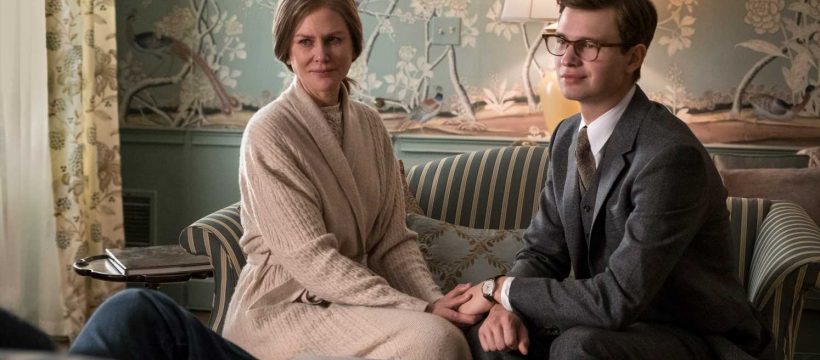All too often in today’s big budget tentpoles, the visual effects can feel painted on to the frame — a distinct layer separate from the live action caught on camera. According to 14-time Oscar nominee Roger Deakins, whose new film “The Goldfinch” opened this past weekend, the problem often stems from the cinematographer not being involved in the visual effects process.
“You’ve got one pair of eyes creating a kind of lighting and palette on a frame and then somebody else comes on,” said Deakins, a recent guest on IndieWire’s Filmmaker Toolkit podcast. “It’s like two painters, Jackson Pollock doing an addition to Turner painting. It’s not going to work is it? Even though both are technically great artists – that’s probably the wrong way to talk about it, but you’re looking at one thing and some else comes along and they look at something else in a different way. I think you have to somehow be involved.”
Deakins said there is often a resistance from production for the cinematographer to be involved in visual effects, but he’s been fortunate to have worked with directors who have pulled him into the fold.
“I’ve always got involved with things, like on ‘Blade Runner’ I wasn’t for awhile, and then I was involved full-time in post,” said Deakins. “That was really wonderful because both Denis [Villeneuve] and the studio said, ‘Well if Roger doesn’t OK it, than it’s not OK.’ So I was really blessed on that one.” (Both the visual effects and cinematography for “Blade Runner 2049” won Academy Awards in 2018.)
Deakins said part of the problem of the effects-and-cinematography disconnect stems from cinematographers not being able to explain how they see the lighting of the shot to the visual effects department.
“When I’m on set talking about a shot with the effects team and saying well, ‘I don’t need this, that can stay as it is, but it’s back here I’d love something bright here to justify what I’ve done with the light here,’” said Deakins. “I think they’re understanding it, but half the time they’re not really understanding it.”
“The Goldfinch”
Macall Polay
One trick the cinematographer has learned is to pull a frame from the actual footage to show his collaborators exactly what he needs to motivate his lighting. “I get a still frame and photoshop on the image what I’m talking about,” said Deakins. “I say, ’No this is what I mean: This is in camera, but we need this, and it needs to be really bright, otherwise that doesn’t make sense.’”
While on the podcast, Deakins broke down his work on “The Goldfinch,” discussing how much of his cinematography in the film was determined on getting the right locations, collaborating with director John Crowley and production designer K.K. Barrett, and how they visually told the story of character who has kept his emotions bottled up inside.
Listen to the full episode below.
Subscribe via Apple Podcasts to the Filmmaker Toolkit Podcast
The Filmmaker Toolkit podcast is available on Apple Podcasts, Spotify, Overcast, Stitcher, SoundCloud, and Google Play Music. The music used in this podcast is from the “Marina Abramovic: The Artist is Present” score, courtesy of composer Nathan Halpern.
Popular on Indiewire
Source: Read Full Article

